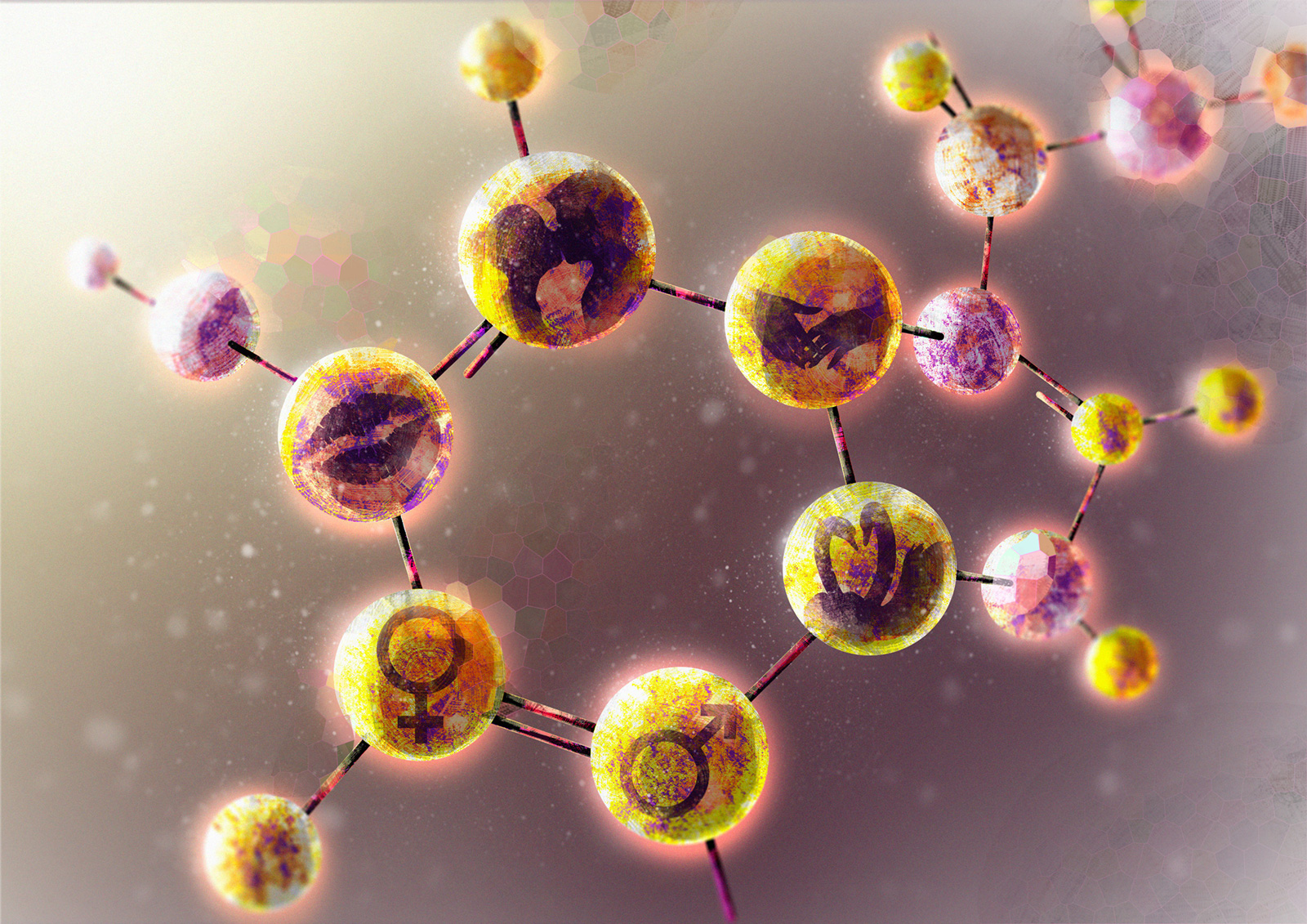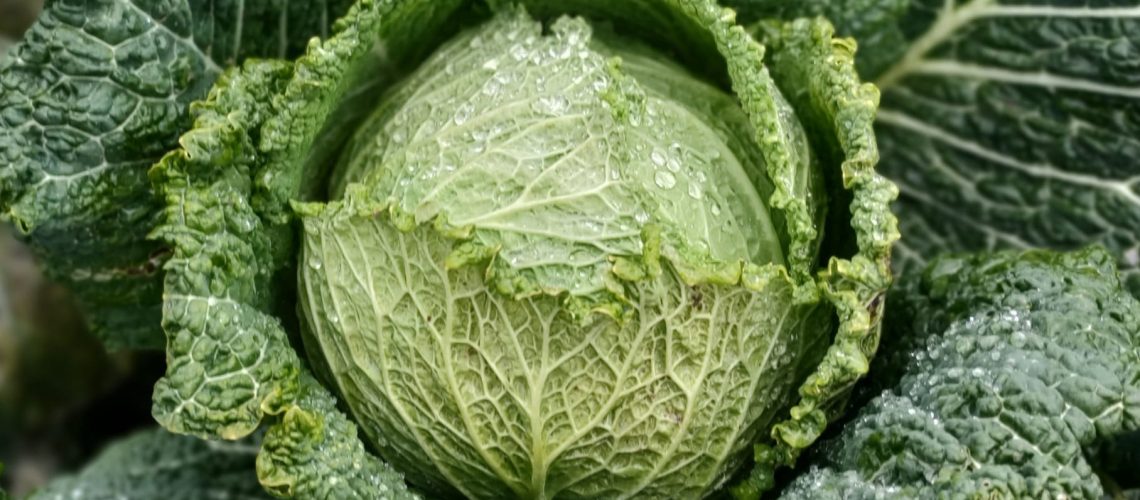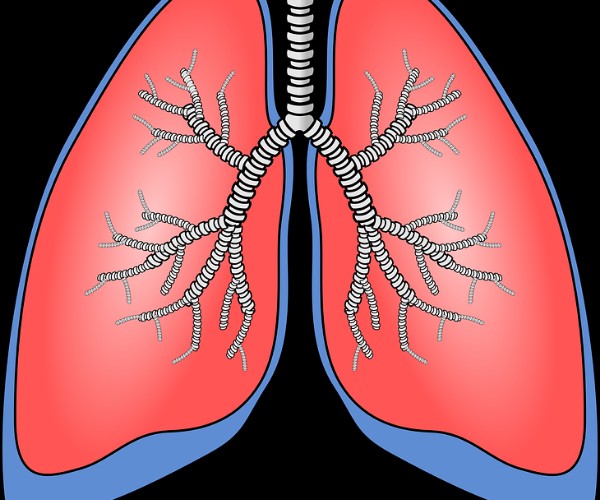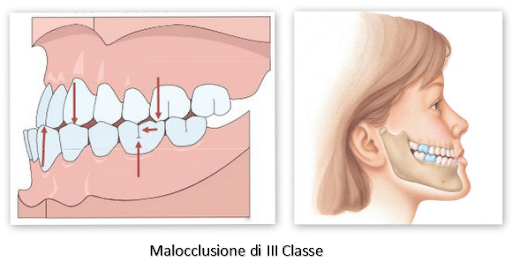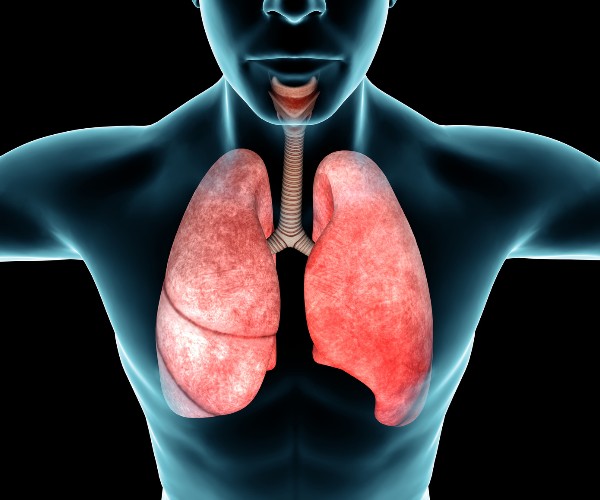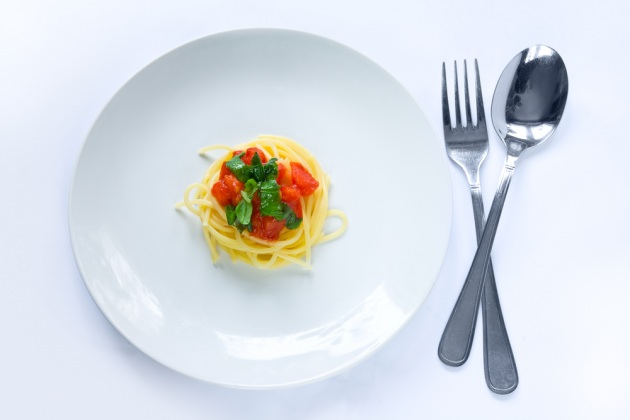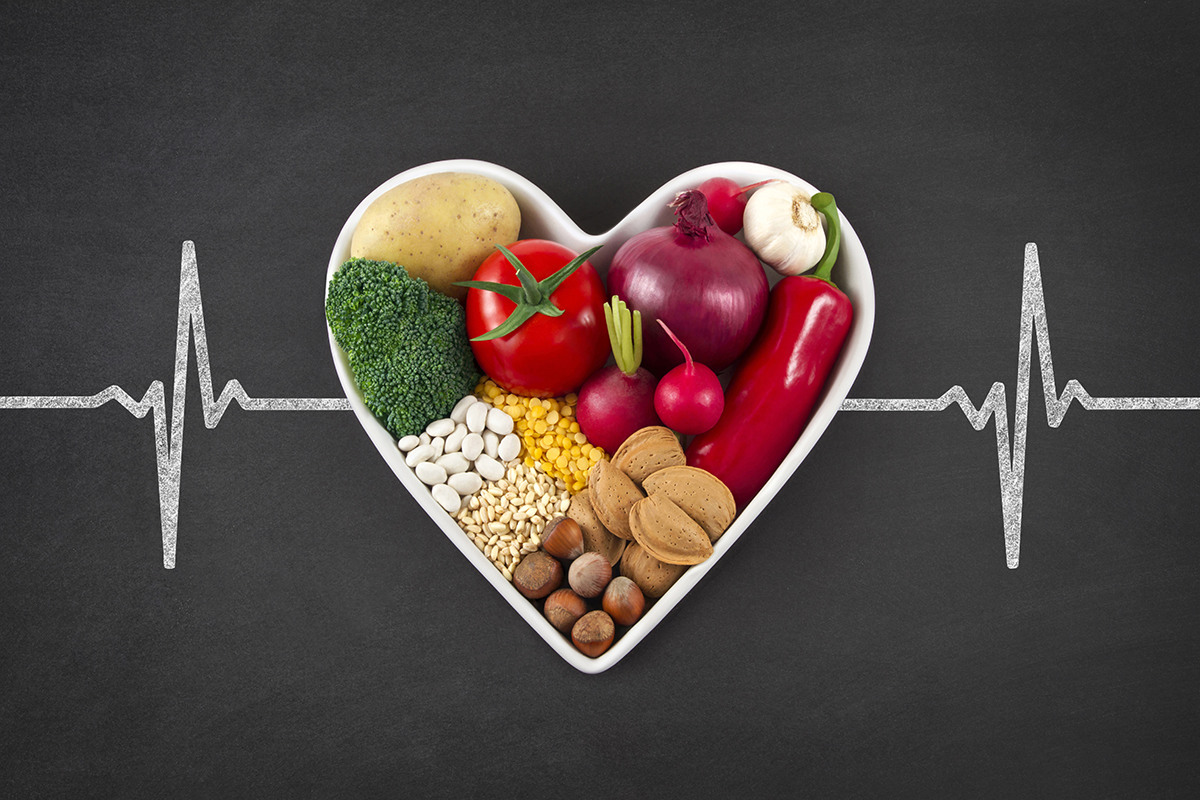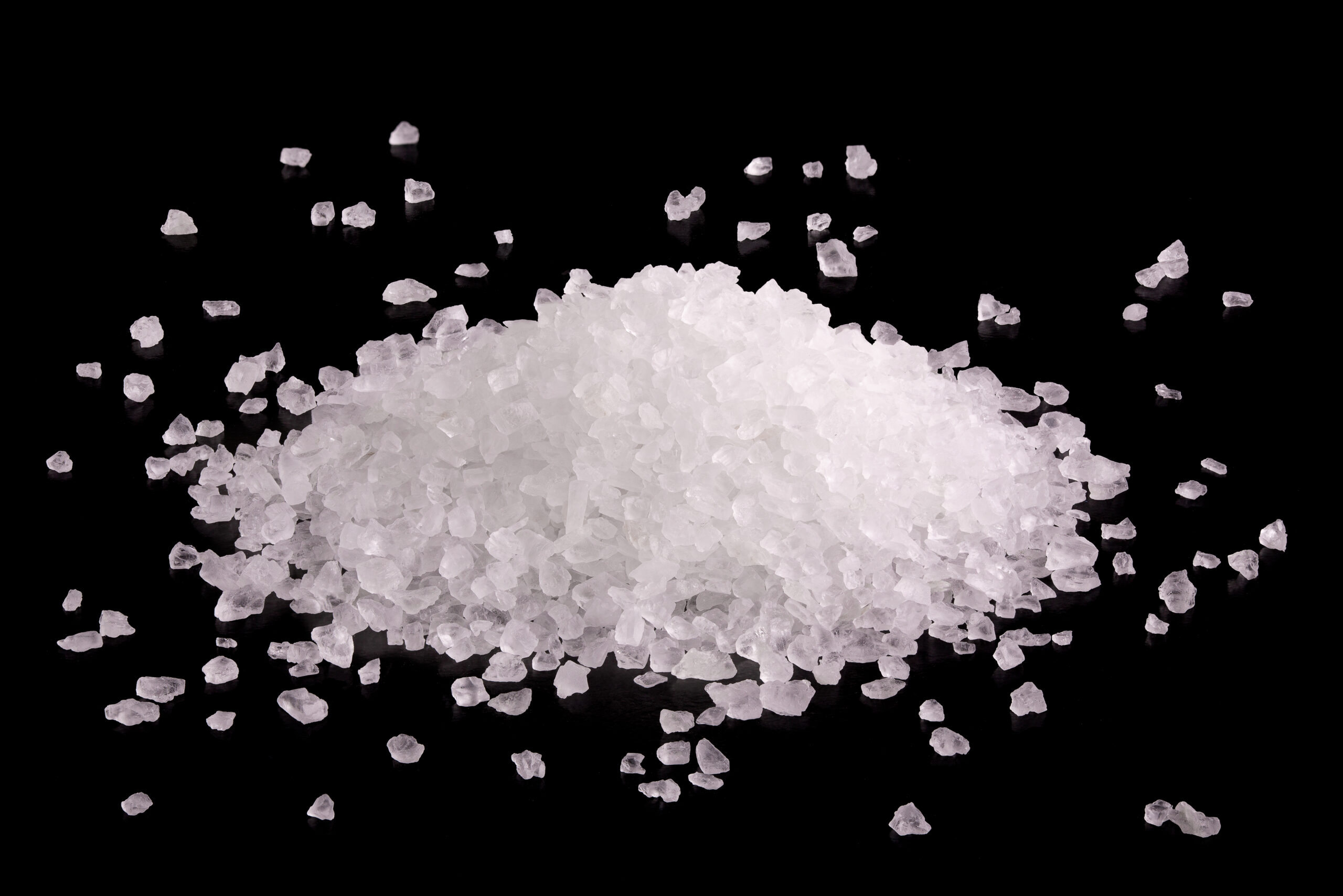Cabbage, belonging to the cruciferous family, Brassica variety, is a plant widespread worldwide, in various types:
cauliflower, broccoli, cabbage, savoy cabbage, Brussels sprouts, Chinese cabbage, kohlrabi.
The edible part of these plants is represented by the leaves (savoy cabbage, savoy cabbage, Chinese cabbage, sea cabbage, black cabbage, Brussels sprouts) or the still immature inflorescences (broccoli, broccoli, cauliflower).
Known for its numerous “beneficial and purifying” properties, cabbage provides the body with many minerals (especially potassium) and vitamins (especially Vitamin C, which is mostly lost during cooking) and is rich in folic acid, an important anti-hemorrhagic substance essential for pregnancy. As mentioned, it has purifying, refreshing, antitussive, and diuretic properties and is indicated in the treatment of gastrointestinal disorders and inflammations of the respiratory tract. Furthermore, it strengthens the body and regulates the nervous system thanks to the presence of minerals. In cosmetics, its juice is used as an ingredient in revitalizing skin products.
Recent research suggests not to underestimate the antitumor properties of this plant; it contains antioxidant substances and fibers that chemically neutralize carcinogens.
Cabbage is excellent when consumed fresh for its organoleptic properties; when cooked, it becomes an indispensable ingredient in soups, stews, omelets, and baked dishes. The best way to preserve all its nutritional properties is to stew or steam it for no more than fifteen minutes. One of the problems associated with cabbage preparation is the characteristic odor produced during cooking, caused by its high sulfur content, which can be solved by using a pressure cooker or by adding vinegar or lemon to the cooking water.
Cooked cabbages are valuable in low-calorie diets due to their almost non-existent fat content.
A particular preparation of this vegetable consists of processing the leaves, with which the so-called sour cabbage (i.e., sauerkraut) is obtained, very popular in the countries of Northern Europe.
There are numerous varieties of cabbage, which present few differences among them regarding nutritional aspects.
Cauliflower: it is rich in minerals, vitamin B, and amino acids. It has very tasty white flowers, which are the edible part; the leaves are not eaten. Among the most common varieties, we remember the giant of Naples, the late Pisan, the late Fano.
Broccoli cabbage: similar to cauliflower, it has green or violet inflorescences. It contains a good amount of proteins, vitamins, and minerals. Brussels sprouts: it is native to Belgium, small in size, and light green in color. Rich in minerals, carbohydrates, and proteins. Among the most common varieties are the frigostar, lunet, and sigmund.
Green or red cabbage: it is very ancient and widespread, especially in southern Italy. It has pale green or dark red leaves, united to form a ball. Among the local varieties, we remember the ox heart, the early one from Naples, the negro head.
Savoy cabbage: this cabbage is mainly cultivated in central-northern Italy. It has dark green wrinkled leaves on the outside and light green on the inside (it is also called Milanese cabbage).
It contains a rare active ingredient that protects the walls of the stomach from injuries. It can also be eaten raw, but it is mainly used to prepare soups, stews, and braised dishes with meat, as in the Lombard cassoeula… so, ENJOY YOUR MEAL!











